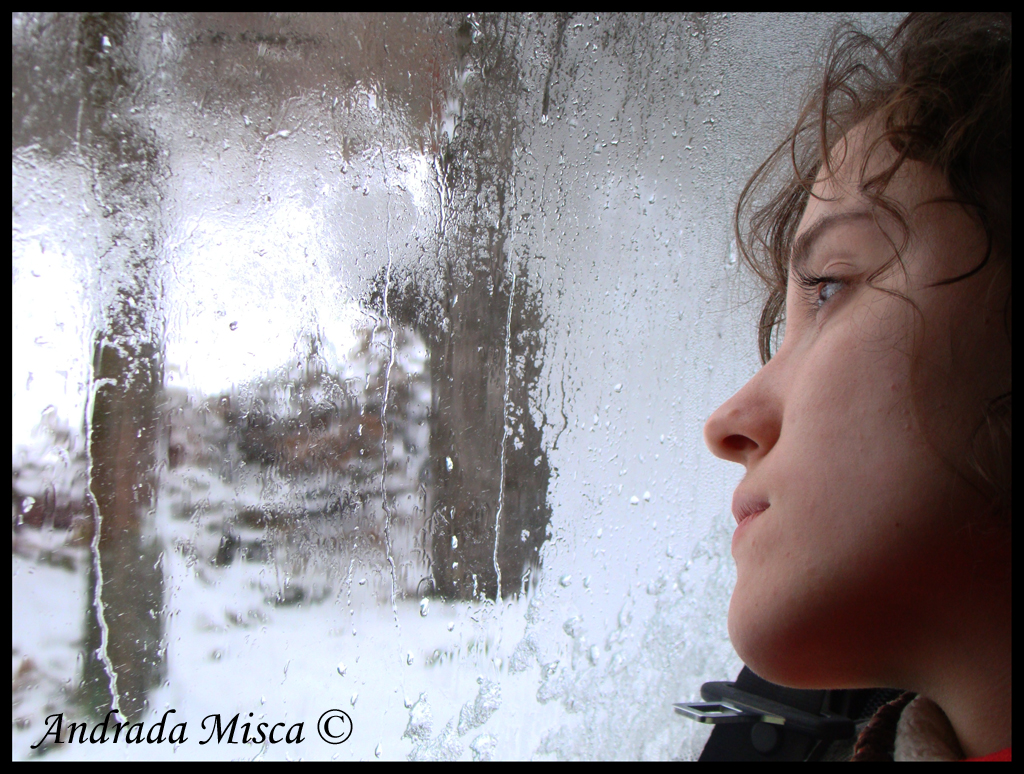Many designers and researchers have also said that providing their clients with a link to the article is a simple and effective way to show them that with photo purchases, it's not just down to price. Buying cheap can end up an expensive mistake.
What I did not explain in the article (and I have had numerous queries about since) is how I found all these examples of the same image being used across multiple sites. With recent technological advances, it has become quick and easy, which is why companies are going to have to really think about the consequences of using microstock images to represent their brand and reputation.
The key is a website called tineye.com which describes itself as a 'Reverse Image Search', and I think it is a tool that every designer and picture researcher needs to make an integral part of their work. I will now set out a 'how to' on using TinEye in your picture research:
Go to the TinEye website, and download their TinEye plugin for your browser. It's free!
Once it is installed, whenever you see an image on the web, you just need to right click on it. For example, say you want to buy a 'headset' image for a website you are designing. You find a nice anonymous image you could use:

Just right click with your mouse, and on the dropdown menu you will see a new option: Search Image on TinEye. Click on that option and a new window will open in your browser, showing all the matches which TinEye has in its database:

28 results in this case. Now, the first thing you need to ask yourself is "is it going to be a problem using this image if so many other sites are using it?" Traditionally the general consensus has been that in many cases this is not a problem, as the odds of someone stumbling across the same image and then highlighting the fact are probably minimal.
But... now we have TinEye.
That means that if you use the image on your website, anyone viewing the image on your site can do exactly what you just did with TinEye. It now takes just one click to find matching images across the web. Okay, so still in many cases, if your client isn't particularly high profile, no big deal. And in this case it is a fairly anonymous image.
But what about this?

I have to confess that my Spanish is a little rusty, but words like 'erecciones' and 'eyaculaciones' suggest to me that this is not the sort of 'enhancement' product that you want your help-centre call girls associated with.
Maybe it's time to look for another headset photo.
What you need to find is an image that is not over-used and is not tainted by the 'Poisonous Picture' phenomenon we see above. The Caveat of course is that, while TinEye allows you to find these uses:
1) It is by no means comprehensive. TinEye's database of images is constantly increasing as their spiders crawl the web, so you never know when some 'interesting' new use for an image may turn up.
2) It only shows current uses. Someone may come along next week, buy the same image as you, and use it to promote their business or product.
There is no way you can completely protect yourself unless you 'buyout' rights to the image. In most cases this is going to be too expensive, so what it really comes down to is risk assessment:
| 1) HIGH RISK You use microstock images to represent your company: there are going to be possibly hundreds if not thousands of websites/businesses out ther using the same 2 dollar images. Also, because they are 2 dollar images, the dodgiest, seediest, fly-by-night businesses will be using them, because why would they pay more? 2) LOWER RISK You use non-microstock Royalty Free images. There may well be quite a few other websites/businesses using those images, but nothing like the same scale as the microstock ones, and the dodgiest, seediest, fly-by-night businesses will not be using them because... they like cheap! (Of course because they are Royalty Free you can't be sure that the same photos are not also being sold as microstock, but that is a whole other can of worms...) 3) VERY LOW RISK You use Rights Managed images. Not many, if any, other businesses will be using them. As they are Rights Managed, you should also be able to find out if, and where else, they have been used and whether there is a possible conflict of use with a competitor, particularly if you license them direct from the photographer. 4) NO RISK You hire a photographer to shoot for you. This is likely to be the most expensive option if you just need one or two photos, but if you need a reasonable number (for instance a variety of shots of your staff at work, your premises and your products) it could actually end up being more economical than buying stock. |
Interestingly, I have noticed a growing number of 'high-end' businesses taking this last option, and starting to avoid stock completely, and I can see good reasons for doing so. But a discussion of that will have to wait until another time.
In many cases it may not be a big deal that the girl in that beautiful layout your designer created to promote your business...

...hangs out in some bizarro parallel universe of bad design,

but when it comes to a company as high profile and prestigious as Hilton Hotels ®...

... do they really want it to look like they use the same call centre staff as Viagra Genius dot com?

"Hi, this is Shelley at Viagra Geen... I beg your pardon, I mean at Hilton Worldwide, how may I help you today?"
Microstock photos may be cheap, but they come at a price.























0 comments:
Post a Comment